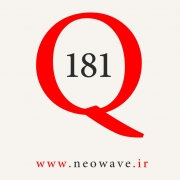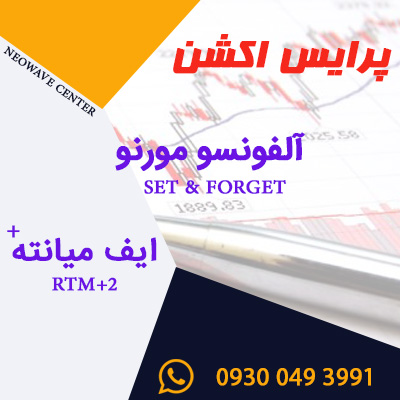Is it necessary that all major tops complete with a violent reversal?
ANSWER:
At risk of comparing market action to the “Theory of Relativity,” the answer to your question is dependent on the technical expertise of the observer. There is the “visual appearance” of a market top and then the “structural, technical reality” of a market top.
Visually speaking, from the lay-person’s perspective, a market can “look” as if it tops slowly or quickly, that it is followed by a violent reversal right off the highs or it slowly “falls off” the highs in a bowl-shaped fashion.
Technically speaking, from a NEoWave perspective, patterns don’t always conclude at the high or low of a trend – they can finish “below highs” and “above lows.” When a market ends a psychological Wave pattern below a high, it may slowly top and not produce a violent decline right off the highs. But, if you begin your assessment of the “new trend” from the actual conclusion of the old trend, then YES “all major tops complete with a violent reversal.”








آخرین دیدگاهها